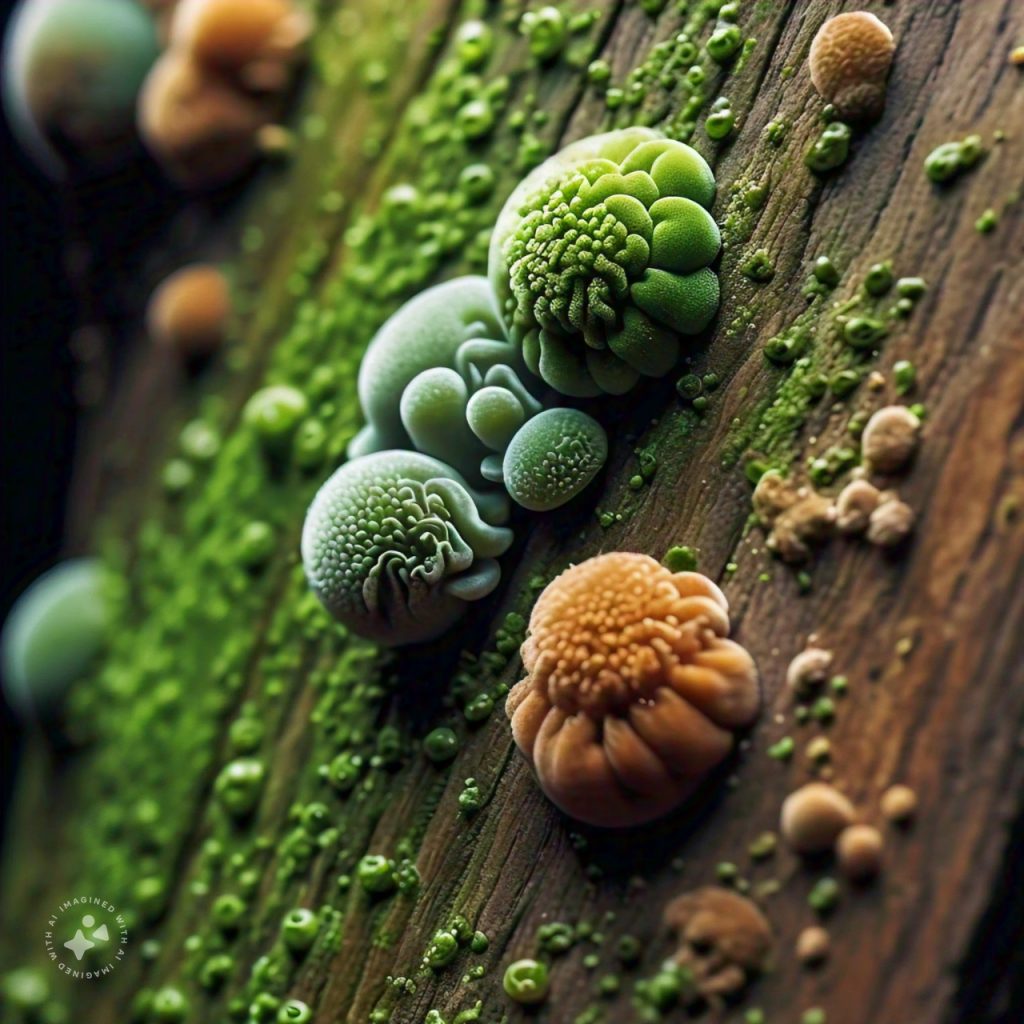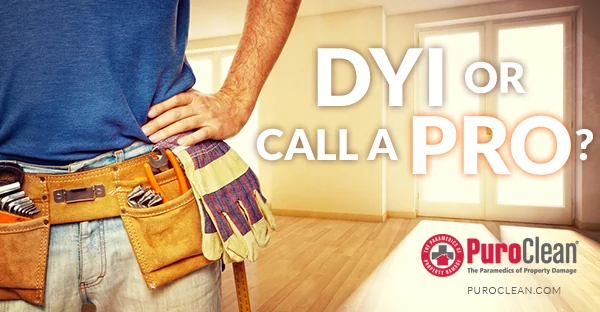Table of Contents
Algae vs Mold how to spot the difference: As a homeowner, maintaining the health and aesthetics of your property is a priority. One common challenge that arises is dealing with unsightly growths like algae and mold. While they may appear similar at first glance, algae and mold are distinctly different in their biology, appearance, growth requirements, and potential risks. Understanding these differences is critical for effective remediation and prevention.
This guide will explore the key distinctions between algae and mold, the risks they pose, and the best practices for addressing them.

What Are Algae?
Algae are simple, photosynthetic organisms that thrive in moist, sunlit environments. They are not classified as plants, but they share the ability to produce their own food through photosynthesis. Commonly seen as green, brown, or blackish streaks, algae often grow on roofs, siding, patios, and driveways where moisture and sunlight are abundant.
Characteristics of Algae:
- Appearance: Algae appear as slimy green, black, or brown patches. They are most commonly seen on surfaces exposed to sunlight.
- Growth Requirements: Algae require moisture and sunlight to thrive. They are most prevalent in humid climates or during wet seasons.
- Impact on Surfaces: While algae are not structurally damaging, they can make surfaces slippery, leading to safety hazards. Algae also cause aesthetic issues by discoloring surfaces.
- Health Risks: Algae generally do not pose health risks to humans, although they can affect the appearance of your home’s exterior.
What Is Mold?
Mold, on the other hand, is a type of fungus that grows by consuming organic matter. Unlike algae, mold does not require sunlight to grow. It thrives in damp, dark, and poorly ventilated areas, often appearing indoors on walls, ceilings, and floors as well as outdoors on wooden structures or shaded areas.

Characteristics of Mold:
- Appearance: Mold can appear in various colors, including black, green, white, or gray. It often has a fuzzy or slimy texture.
- Growth Requirements: Mold thrives in damp, dark, and warm environments. It feeds on organic materials such as wood, drywall, or fabric.
- Impact on Surfaces: Mold can cause structural damage by breaking down the materials it grows on. Over time, this can weaken walls, ceilings, and wooden elements of a home.
- Health Risks: Mold poses significant health risks, particularly for individuals with allergies, asthma, or compromised immune systems. Common symptoms include respiratory issues, skin irritation, and headaches.
Key Differences Between Algae and Mold
| Aspect | Algae | Mold |
|---|---|---|
| Organism Type | Photosynthetic organisms | Fungi |
| Growth Medium | Moist surfaces with sunlight | Damp, organic-rich, and dark areas |
| Health Risks | Minimal health risks | Significant health risks |
| Appearance | Green, black, or brown streaks | Fuzzy or slimy in various colors |
| Structural Impact | Minimal, aesthetic only | Can cause material degradation |
Remediation and Prevention
Addressing algae and mold requires targeted strategies based on their distinct characteristics. Here are step-by-step guides for remediation and prevention:
The Remediation Steps for Algae:
- Cleaning Solutions: Use a mixture of water and mild detergent or specialized algae cleaners to scrub affected surfaces.
- Pressure Washing: For outdoor surfaces like roofs and driveways, pressure washing can effectively remove algae.
- Algaecides: Apply algaecides for long-term prevention. Be sure to choose environmentally friendly options.
- Trimming Vegetation: Reduce shade by trimming overhanging branches to allow sunlight and air circulation.
- Regular Maintenance: Schedule routine cleaning to prevent algae buildup.
The Remediation steps for Mold:
- Identify the Source: Locate and eliminate the source of moisture causing the mold growth. Repair leaks, improve ventilation, and address humidity issues. You can use an online mold detector
- Protective Gear: Always wear gloves, goggles, and an N95 mask when handling mold to prevent exposure.
- Cleaning Solutions: Use a solution of bleach and water (1:10 ratio) to clean hard surfaces. For porous materials, professional remediation may be required.
- Professional Assistance: For extensive mold infestations, consult a certified mold remediation professional.
- Dispose of Contaminated Items: Discard items that cannot be salvaged, such as mold-infested carpets or drywall.
Prevention Tips for Homeowners
Preventing algae and mold growth involves proactive measures to maintain a dry and well-ventilated environment. Here are some tips:
For Algae Prevention:
- Install gutters to direct water away from the roof and siding.
- Use algae-resistant roofing materials.
- Apply water-repellent sealers to outdoor surfaces.
- Schedule annual inspections to catch early signs of algae growth.
For Mold Prevention:
- Maintain indoor humidity levels below 50% using dehumidifiers or air conditioners.
- Ensure proper ventilation in bathrooms, kitchens, and basements.
- Inspect your home regularly for leaks and fix them promptly.
- Use mold-resistant paint and building materials in areas prone to dampness.
When to Seek Professional Help for Mold and Algae Situation
While minor cases of algae and mold can often be managed with DIY methods, there are instances when professional intervention is necessary:
- Extensive Growth: If the affected area is larger than 10 square feet, professional remediation is recommended.
- Health Concerns: If anyone in your household experiences symptoms of mold exposure, consult a professional immediately.
- Structural Damage: Visible damage to walls, ceilings, or wooden structures warrants professional inspection and repair.
- Recurring Issues: Persistent algae or mold growth despite remediation efforts may indicate underlying issues requiring expert assessment.
Final Thoughts
Algae and mold may seem like similar nuisances, but their differences in biology, growth conditions, and potential risks make it essential for homeowners to approach each with targeted strategies. By understanding the distinctions and implementing effective remediation and prevention techniques, you can safeguard your home from these unwelcome invaders.
For immediate assistance with Mold restoration, contact PuroClean Home Savers, Call (+1) 614-689-0012.
Taking prompt action to address algae and mold not only preserves your property’s value and appearance but also ensures a safe and healthy living environment for you and your family. For persistent or severe cases, don’t hesitate to seek professional help to achieve long-term solutions.

 PuroClean Home Savers
PuroClean Home Savers